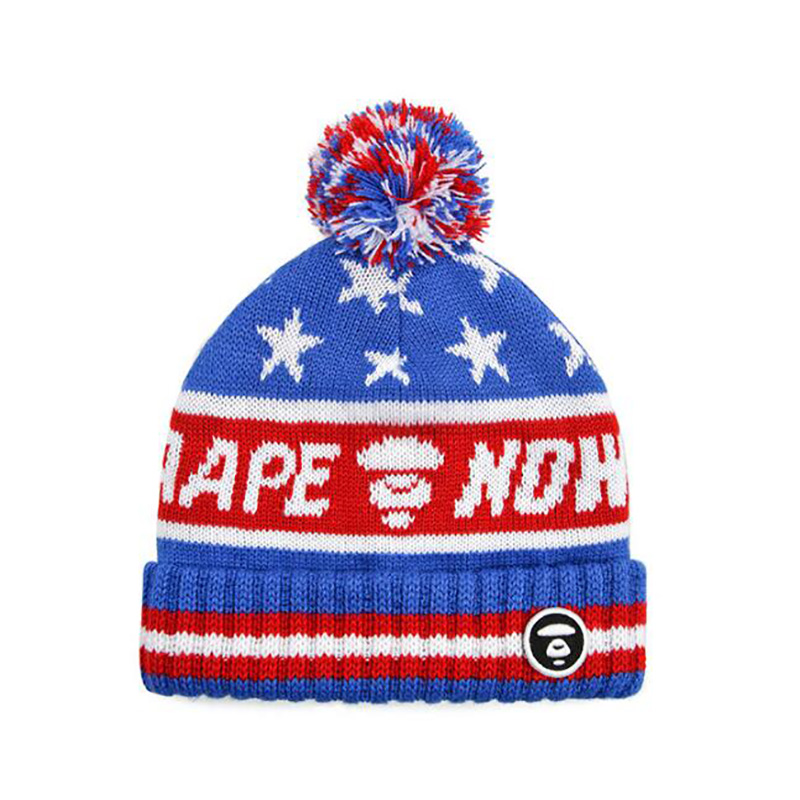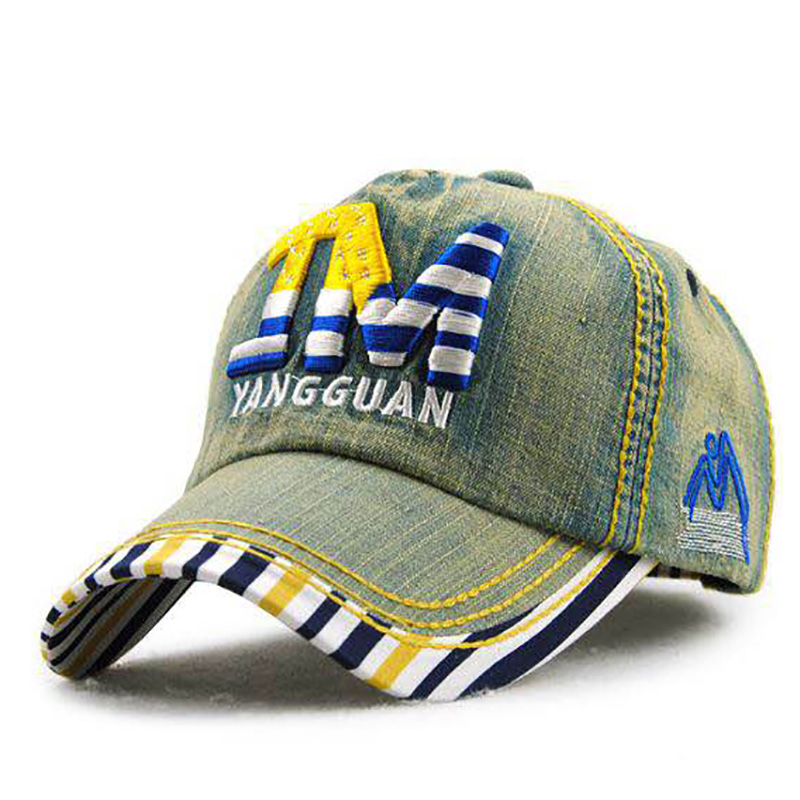Hat custom: How baseball cap is made
Time : 2018-09-12 Author : admin Browse :
1. The fabric layers—wool, cotton, or a cotton-synthetic mix (depending on the company and the style of hat)—are cut. Many dozens of layers of fabric are carefully laid on top of each other, and then they are cut at once using a fabric-cutting saw.
2. Some cap designs require a mesh inner layer behind the two front panels. This mesh acts as a stiffener in these front panels in order for them to stand up to the stitching requirements of the embroidered logo. The mesh is put against the back of the panels before the panels are sewn to one another.
3. The sections of the soft crown, generally of long triangular shaped gores, are sent to the eyelet department where a machine pierces each panel creating a small hole and binding the hole completely with thread. The number of eyelets in each gore or section of crown varies according to the manufacturer, however there is at least one eyelet in each section but may be as many as forty or fifty in total. These eyelets serve as vents so the perspiration and heat that builds up under the cap can be released through the eyelets.
4. The two front panels that are to receive embroidery are then sent to the embroidery department. Here a computer-driven embroidery machine embroiders a logo or an entire word onto one or two of the front panels. One company reveals that these logos are very complex and precise—some logos require 8,000 stitches, others require 31,000 stitches. Still other companies apply fabric letters or other applied insignia to the front panel.
5. The panels of the crown, generally either six or eight panels, are then sent to the sewing department where they are stitched together. With stiffening and logo, these wool panels may be rather heavy to sew through and require human skill to sew the panels together and an industrial grade sewing machine. When all six or eight panels are sewn together, the soft crown is completed but the entire hat is not. This hat without a visor is referred to in the industry as a "beanie."
6. Then, these beanies are sent to the binders or the binding department at which the raw seams of the soft crown are covered or hidden with a binding tape, generally cotton, that is applied over the raw edges of the crown. This tape gives the hat a finished look (no raw edges are seen when one examines the inside of the cap) and ensures that the seams won't unravel due to hard wear, perspiration, or washing.
7. A galvanized steel button is self-covered (covered over in the same color as the rest of the cap) and it is then applied at the dead center of the baseball cap on top of the beanie crown at the place in which all the sections of the cap converge.
8. Visors are die-cut according the desired size and then sewn onto the cap next. Some companies make the visor of two pieces with a stiffener such as plastic in the center; other might put a thin stiffener inside and stitch the visor a few times for strength and to prevent the stiffener from moving around and bunching up in one spot. The proper color of visor and cap are matched up and sewn together. (Some ball players roll or curl their visors, "telescoping" them, so that when they're searching for the fly ball or grounder that rolled visor keeps the glare out from the player's eyes. Thus, some companies experiment with inserting various materials into the visor to get the best telescope effect.)
9. Those companies that offer the "one size fits all" hat will sew the adjustable plastic band in the back of the cap. Other companies that make hats to order according to head size will only sew the front sections of the cap together and will vary the size or breadth of the back cap sections according to the size required by the customer.
10. Finally, a sweatband of some sort is sewn onto the inside of the cap. This is done on industrial grade sewing machines as well and may include placing buckram (a thick, stiff mesh fabric) behind a sweatband such as inexpensive cotton or even soft leather. A label may be added at this time as well. A label may be sewn in if needed.
11. Some companies add different steps to ensure a superior product. For example, one company blocks and steams the finished, sewn product so that its shape is "set." They claim it renders a great, long-lasting, attractive fit. Some companies add a step in which they stitch along different edges so that fabric doesn't roll back on itself and appear unsightly.
12. The cap is now ready to be stored or shipped as needed.








